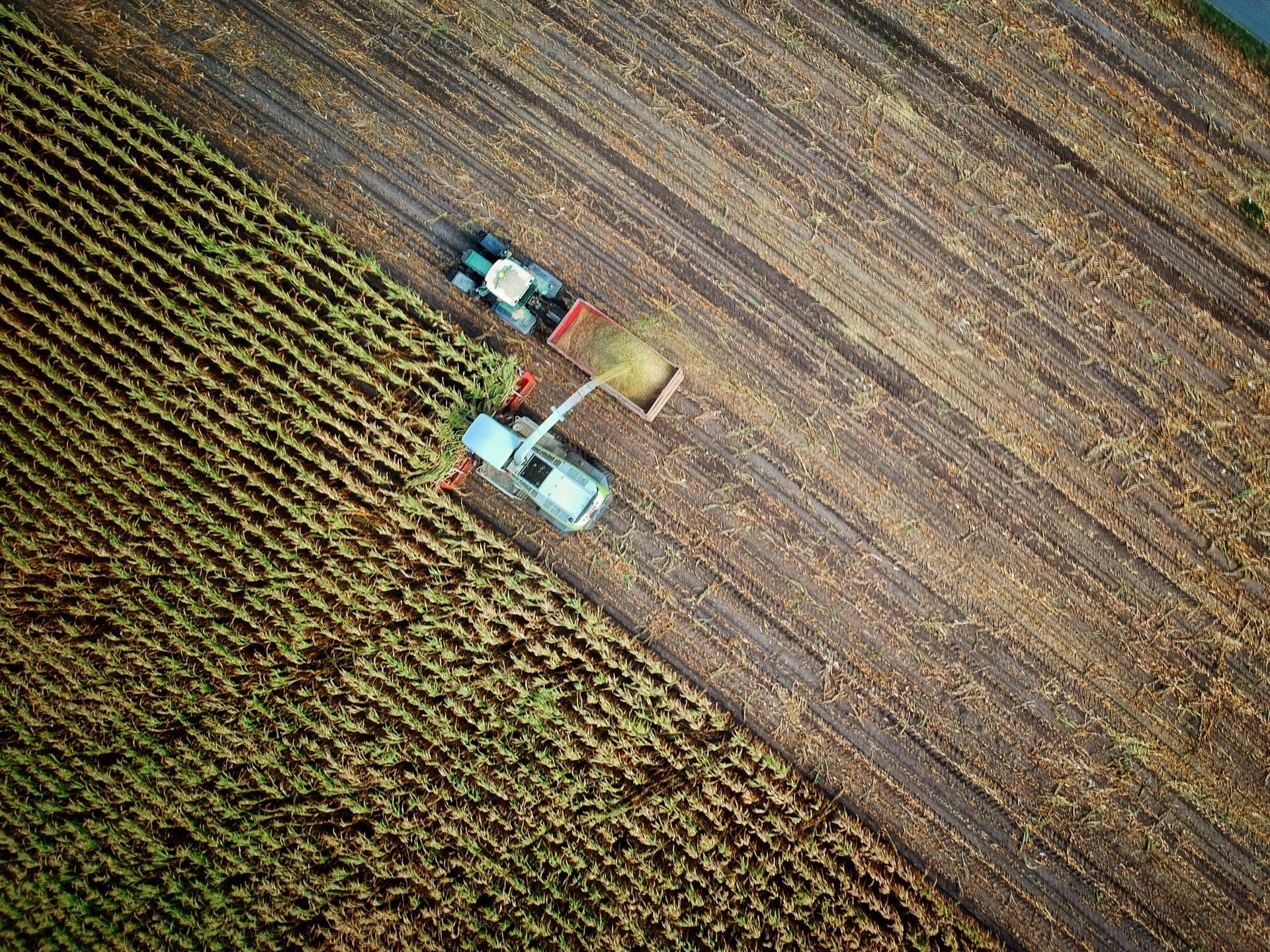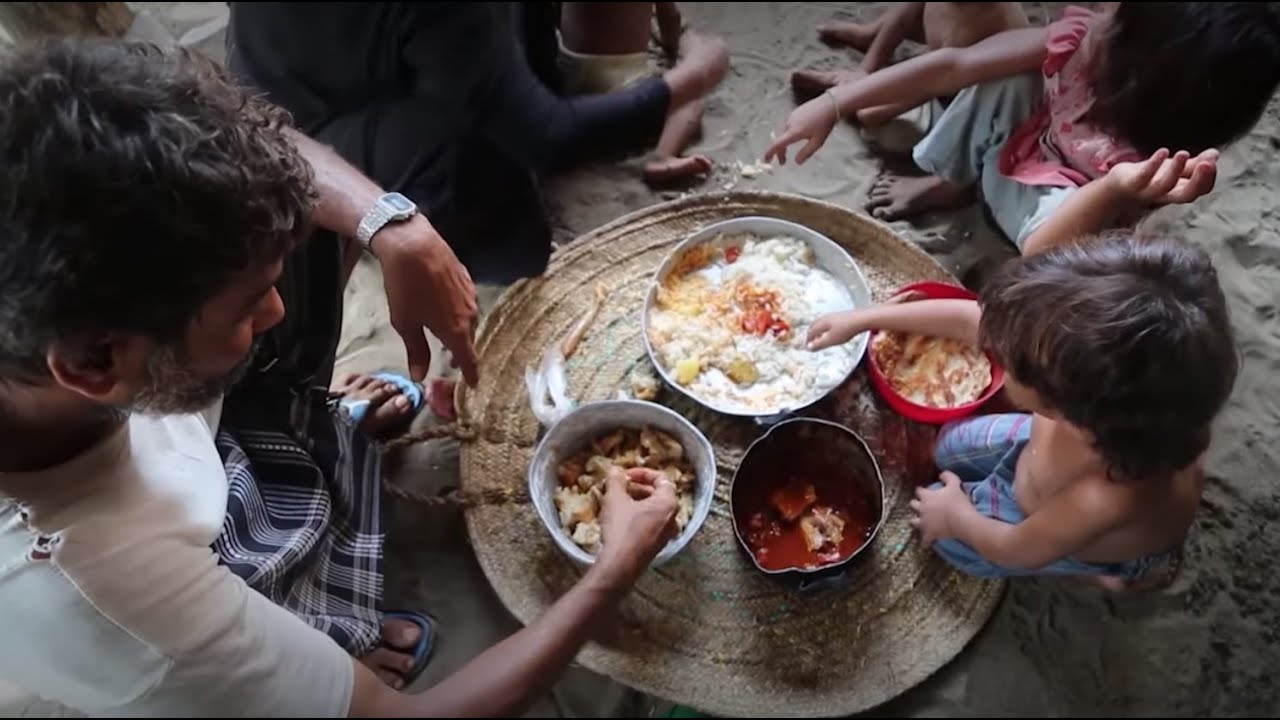ISABEL RUBIO ARROYO | Tungsteno
Russia's invasion of Ukraine has brought the world to the brink of an unprecedented global food crisis. The situation, fuelled by the COVID-19 pandemic, rising fuel prices and climate change, could lead to "hell on earth if we don't respond immediately," according to David Beasley, director of the World Food Programme, a branch of the United Nations. We look at the real scale of the problem and how technology promises to help alleviate the crisis.
A threat to the world's food supply
Even before the invasion of Ukraine began, food and fertiliser prices were reaching record highs. "Between 2019 and March 2022, cereal prices increased by 48%, fuel prices by 86% and fertiliser prices by 35%," Derek Headey and Kalle Hirvonen, researchers at the International Food Policy Research Institute (IFPRI), told The Conversation. According to the World Bank, as of 29 July 2022, the Agricultural Price Index was 19% higher than in January 2021. Maize and wheat prices increased by 16% and 22%, respectively, in the same period.
Ukraine and Russia produce a combined total of 14% of the world's wheat and 30% of wheat exports, as well as 60% of all sunflower oil, according to an editorial in the reputable scientific journal Nature. Russia is also responsible for 13% of the world's fertiliser and 11% of oil exports.
Russia's invasion of Ukraine has put the world on the brink of an unprecedented global food crisis. Credit: The Economist.
Catastrophic impact on the most vulnerable
Supplies of these and other products are hanging by a thread because of the situation facing Ukrainian farmers and Russia's suspensions of exports and fertilisers. Other countries have also been forced to restrict food exports, contributing to inflation. In recent weeks, Ukraine and Russia have taken steps to end the blockade on Ukrainian grain exports. Under a UN-backed deal, the two countries have agreed to create a corridor for grain trapped in Ukraine to pass through ports to global markets without being attacked by the Russian navy. The first grain ships sailed from Ukrainian Black Sea ports during the first week of August.
The impact of this crisis may be particularly catastrophic for some of the world's poorest and most vulnerable people. At least 26 countries, including Somalia, Senegal and Egypt, depend on Russia or Ukraine for between 50% and 100% of their wheat. IFPRI researchers say that, in addition, farmers in many parts of Africa struggle to access fertiliser, even at inflated prices, because of transport and currency exchange problems. "If the war continues, many countries already saddled with pandemic debt could be forced to borrow more to subsidise staple foods, creating more hardship," says the editorial published in Nature.
Ukraine and Russia have been trying to reach an agreement to end the blockade on Ukrainian grain exports. Credit: DW News.
Technology to alleviate the food crisis
To alleviate the crisis, the World Bank plans to invest $30 billion to boost food and fertiliser production, improve food systems, facilitate increased trade and support vulnerable households and producers. In 2021, before the Russian invasion, the UN Food and Agriculture Organisation (FAO) said that the massive use of technological tools can help avert food crises. "Better technology and data means we now have the tools to better understand - and predict - crises and their impact," the agency said.
Now various powers are looking for ways to use all the data from all these technological tools to anticipate and try to reverse the effects of the food crisis. Headey and Hirvonen believe that "major grain producers must do everything they can to increase food supply". To do so, they suggest resolving logistical bottlenecks, freeing up stocks and resisting the temptation to impose restrictions on food exports.
Technological advances promise to help farmers optimise their harvests and prevent crop losses. Around 90% of crop losses are due to weather events and 25% of these losses could be avoided by using weather forecast-based predictive modelling on farms, according to the consulting firm EOS Intelligence. In addition, there are devices that can constantly monitor soil fertility, temperature and humidity conditions or the optimal time for sowing and harvesting. There are also devices that can programme the application of chemicals on fields and analyse irrigation requirements.

Technology can help farmers optimise their harvests and prevent crop losses. Credit: Unsplash.
Fighting the hunger that follows wars
One of the challenges now is to set a roadmap to increase the resilience of nations to hunger following wars. Some believe that policy measures should be implemented to reduce the dependence of countries on food imports., even if that means making choices that may harm the environment. For example, according to Nature, one alternative would be to cut down forests so that more cereals and crops can be grown closer to domestic markets.
On the other hand, others advocate taking advantage of the situation to accelerate the transition to a more sustainable future. Intensive agriculture not only contributes to biodiversity loss, but also generates high greenhouse gas emissions. In addition, one third of all food produced globally is lost in the production chain or wasted once it reaches households. Some technologies can help improve harvesting and storage methods to reduce these losses.
More research is still needed to determine the impact of these alternatives in combating the hunger that follows wars. For now, millions of people living far from the war in Ukraine are already suffering from this global food crisis. If the conflict continues and sufficient action is not taken urgently, the consequences could be catastrophic. Some economists estimate that by the end of 2022 there could be between 100 and 150 million more acutely hungry people in the world. As Ertharin Cousin, former director of the United Nations World Food Programme, says, "each day that this goes forward, each planting season that we miss, each opportunity for moving food from one part of the world to another that we miss, the more challenging the problem becomes."
· — —
Tungsteno is a journalism laboratory to scan the essence of innovation. Devised by Materia Publicaciones Científicas for Sacyr’s blog.
